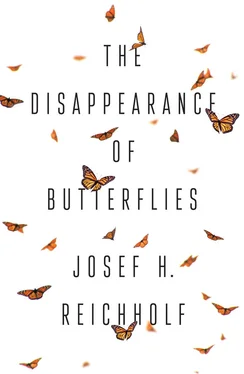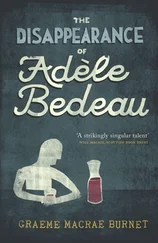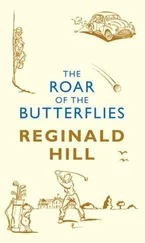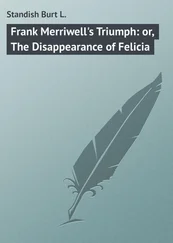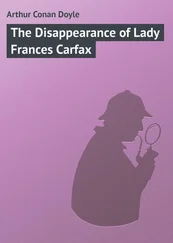Unfortunately, this type of light attraction does not work with butterflies. In order to establish changes in frequency for them in a comparable manner, I started to count them in the 1970s, along specific, fixed routes that would not be changed over the years. For example, along forest tracks or dirt tracks across fields, or along embankments already specified as transects. With their signs indicating river kilometres, placed at intervals of exactly 200 metres, these riverside routes are perfectly suited to such transect counts. In the 1980s, I primarily used the findings that I had obtained in this way for my lectures on ecology and nature conservation at the Technical University of Munich and on ecological biogeography at the University of Munich. Over the years, it became clear that the light traps and the route counts (or ‘transects’) yielded fewer and fewer butterflies. As for the ‘by-catch’, as I referred to the other insects that flew into my lights, even the cockchafers disappeared, despite previously having been so numerous. On more than one occasion, their mass flight to the UV light caused the sack to become detached from the funnel and fall to the ground, since up to 1,000 cockchafers had crept in there in the gloaming. Since there were often hardly any moths in the cockchafer season at the beginning of May, such a mishap did not compromise the annual totals. But the rather sudden decrease in the cockchafers perplexed me. This was the first signal that my investigations were providing important data about the changes to nature. Yet in the 1980s, I still had no inkling of how sharply downhill things would go for the moths and the other insects, nor that my findings would result in an eco-nutritional basis for the decline of the birds in the meadows and the fields.
Urban Lepidoptera: more common than expected
In the early 1980s, I also started to research butterfly and moth frequency in the city. Munich, the place where I had been a scientist at the Bavarian State Collection of Zoology (ZSM), offered ideal conditions for this. There were enough suitable locations from the centre to the city margins to provide a kind of cross-section of the occurrence and frequency of nocturnal insects. Moreover, the large collections present in this research museum, together with the assistance of my specialist colleagues, stood at my disposal during my endeavours to identify precisely all the insects. The fact that I would need their help became evident as soon as I started work on my first findings. They were so much more species-rich than expected that I could never have coped on my own. Furthermore, the catches turned out to be extraordinarily rich in terms of quantity, too. The widely held idea that there would only be a pitiful fraction of the species diversity found in the countryside was not only called into question by my findings, but immediately exposed as mere prejudice.
Over the years and decades, the extensive research results that I shall report in this book thus came into being. They represent the results of half a century of quantitative entomology.
Over the past half-century, nature has changed to an extent and at a speed that are simply unprecedented in such a short period. The findings are staggering and the prospects that they imply are exceptionally grim. This is because we cannot expect the main agent of this loss of species diversity – agriculture – to undergo any substantial change. Anyone who delves into the ‘agricultural problem’ in any depth will find that it has less to do with the farmers themselves than with agricultural politics. The billions of subsidies they have received over the last 50 years have resulted in a highly competitive displacement of the small-scale farms by the large ones. Traditional farmers more or less disappeared, until only a tenth of their former numbers now remain, and yet the victor in this situation, international agrobusiness – in particular, the producers of crop protection products – managed to keep a low public profile, while the decline of insects and birds proceeded in shocking parallel to the death of small-scale farm-based agriculture.
The much-maligned city life has long since become better than life in the country, where the slurry stinks to high heaven and poison is used in unprecedented quantities, and where the birds have been silenced and the groundwater is no longer fit to drink. How can things go on like this? Is it not possible to curb the spirits we once called upon in good faith to lighten the work of farmers and improve their lives? Can we even imagine a ‘butterfly effect’ that might lead to a reversal in the state of industrialized agriculture? Although it may surprise you, my outlook at the end of this book is cautiously optimistic. And yet perhaps this hesitantly expressed optimism is nothing but a dream, for future generations won’t appreciate what they haven’t come to know or experience themselves: the biodiversity of nature and our moths and butterflies.
Death’s head hawk-moth: a guest that can barely live with us anymore
Right now, species that could have had a lasting impact on our children, if only they had got to know them, are disappearing. I am thinking of the great wonder that seized me one evening in early October, when a death’s head hawk-moth emerged from its pupa in a glass on my windowsill (see Photo 2). I had found it during the potato harvest. In the early 1960s, the potato fields in Lower Bavaria were predominantly harvested in the old-fashioned way. A horse pulled a plough with its share set at such an angle that, with the correct spacing, it created a deep furrow on one side, while a line of earth about two hand-widths higher than required was tipped over with the potato haulms. Some potatoes would thus escape harvest. We would look for these and then find others that were still encased in earth, which we would grub out by hand. In our Lower Bavarian dialect, we called this ‘ Kartoffelklauben ’ (‘potato grubbing’). The caterpillars of the death’s head hawk-moth, however, also now feed on potato plants in summer, since they are adapted to eating plants of the nightshade (Solanaceae) family. The potato plant, which originally came from South America, belongs to this poisonous plant family.
The distant origins of the death’s head hawk-moth are not a disadvantage; they actually work in its favour. This is because there is nowhere in the wild where the females of these massive moths will find any nightshade plants in such abundance and so conveniently grown, with open ground around the bushes, as in a potato field. Accordingly, soon after its large-scale introduction into Europe in the early seventeenth century, the American potato plant became a preferred alternative for this large African hawk-moth. We can assume that, prior to this, it flew here from the edge of tropical Africa only seldom, due to the lack of suitable forage plants. The bittersweet nightshade, Solanum dulcamara , did not offer much nutrition and grows so sparsely that even today the caterpillar of the death’s head hawk-moth is rarely found on it.
When these caterpillars are fully grown, they dig an elongated hollow slightly below the surface of the ground, in which they pupate. After several weeks of pupation, the mature moths emerge, and must try to fly south, across the Alps. They will not survive the winter to the north of them. My specimen was just such a fully grown caterpillar. I had housed him in a clean jam jar on a bed of garden soil and loosely covered him. From time to time I would spray the soil a little, so that the pupa would not dry out. With success: the newly emerged death’s head hawk-moth, whose wings were not yet fully unfurled, not quite covering the yellow and black-ringed plump abdomen, appeared massive to me. More so, when I let it crawl onto my index finger so that I could place it on the curtains. This way of holding it would allow it to fully stretch out its wings, so that they could become fit for flying. My goal was, after all, to release it at dusk, so that it could return to Africa. The mere thought that this plan might be successful and that I might contribute to it excited me tremendously.
Читать дальше
